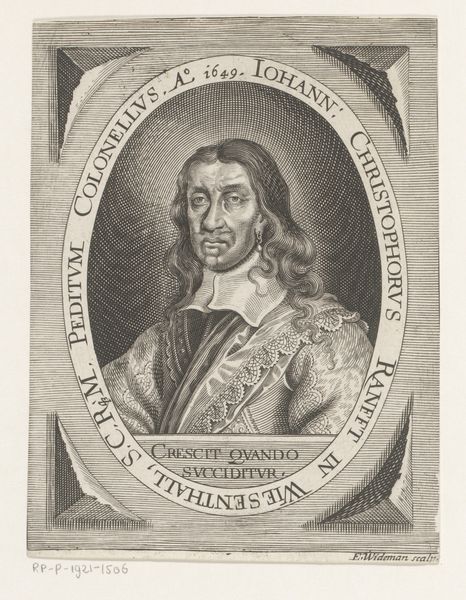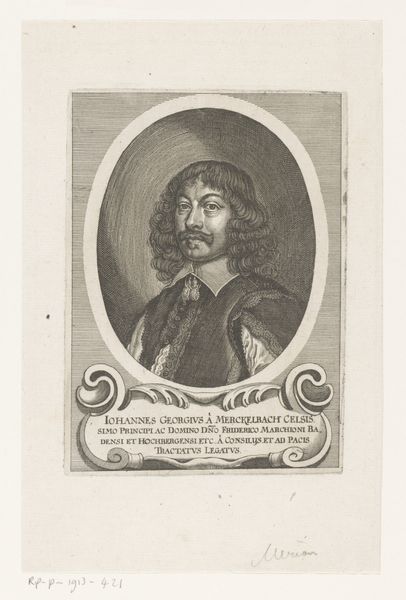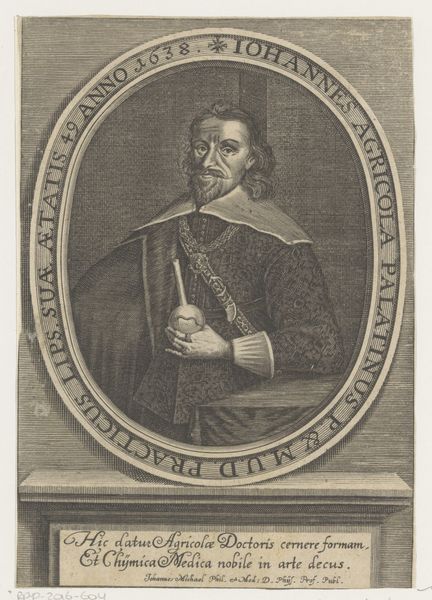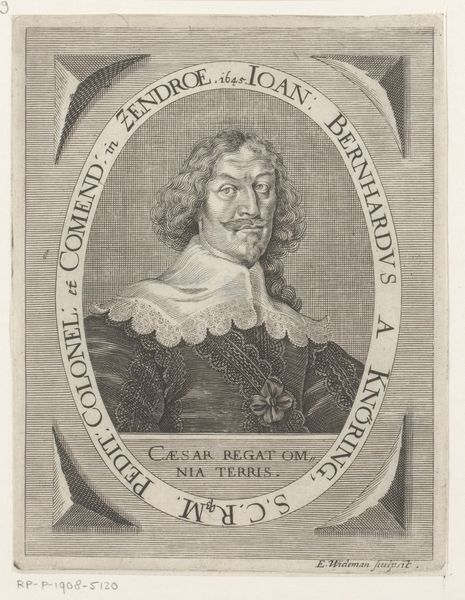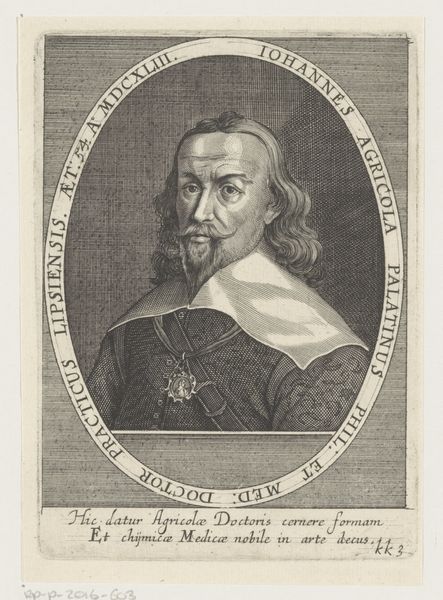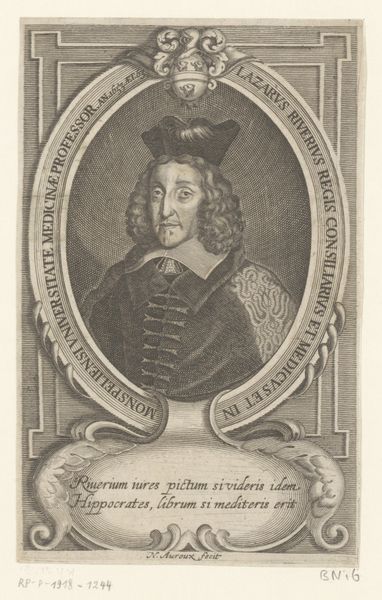
engraving
#
portrait
#
baroque
#
old engraving style
#
figuration
#
portrait reference
#
limited contrast and shading
#
line
#
portrait drawing
#
history-painting
#
engraving
Dimensions: height 152 mm, width 123 mm
Copyright: Rijks Museum: Open Domain
Curator: Welcome. We are here at the Rijksmuseum, looking at Elias Widemann's "Portret van Johann Paraminski," an engraving created in 1646. It's quite striking, isn’t it? Editor: It is. My immediate impression is one of formality and perhaps a slight air of melancholy. The lines are so precise; the face rendered with a real gravity that’s only underscored by the limited contrast and shading, really making him come forward. Curator: Indeed. The Baroque style engraving speaks to the period's fascination with detail and symbolic representation of power and status. The act of engraving itself is so labor intensive. Can you imagine the sheer focus required to produce such intricate linework, all serving to project this very image? Editor: Absolutely, and let’s consider those lines. They build up not just form but meaning. We have Paraminski framed within that oval border inscribed with his titles and some other lettering, which appears to emphasize the attributes expected of a man of his position. The “Non Tutum Fide Recunctis” really pops out to me, so, “Trust not the timid.” Interesting. Curator: A vital observation! Widemann uses the symbolic visual language of his time to reinforce Paraminski’s military might and position, while imbuing him with classical virtues. What does this piece tell us about social mobility and labor in the context of the print market in 17th century Holland? Editor: Perhaps Paraminski commissioned it himself as a calling card? Consider too the use of line as status. This image suggests resoluteness, confidence; all valuable cultural symbols invested in Paraminski by both the engraver and himself. Engravings like these served as powerful forms of propaganda, conveying the essence of a man and his lineage. Curator: I hadn’t considered that propaganda angle as deeply before. The circulation of such images absolutely shaped public perceptions. Editor: Precisely. This exploration into Widemann’s rendering of Paraminski has opened new ways to connect artistic technique to tangible political intent through his work. Curator: It has allowed us to contextualize the artistic merit of Widemann's creation and think deeper about who consumed the works.
Comments
No comments
Be the first to comment and join the conversation on the ultimate creative platform.


